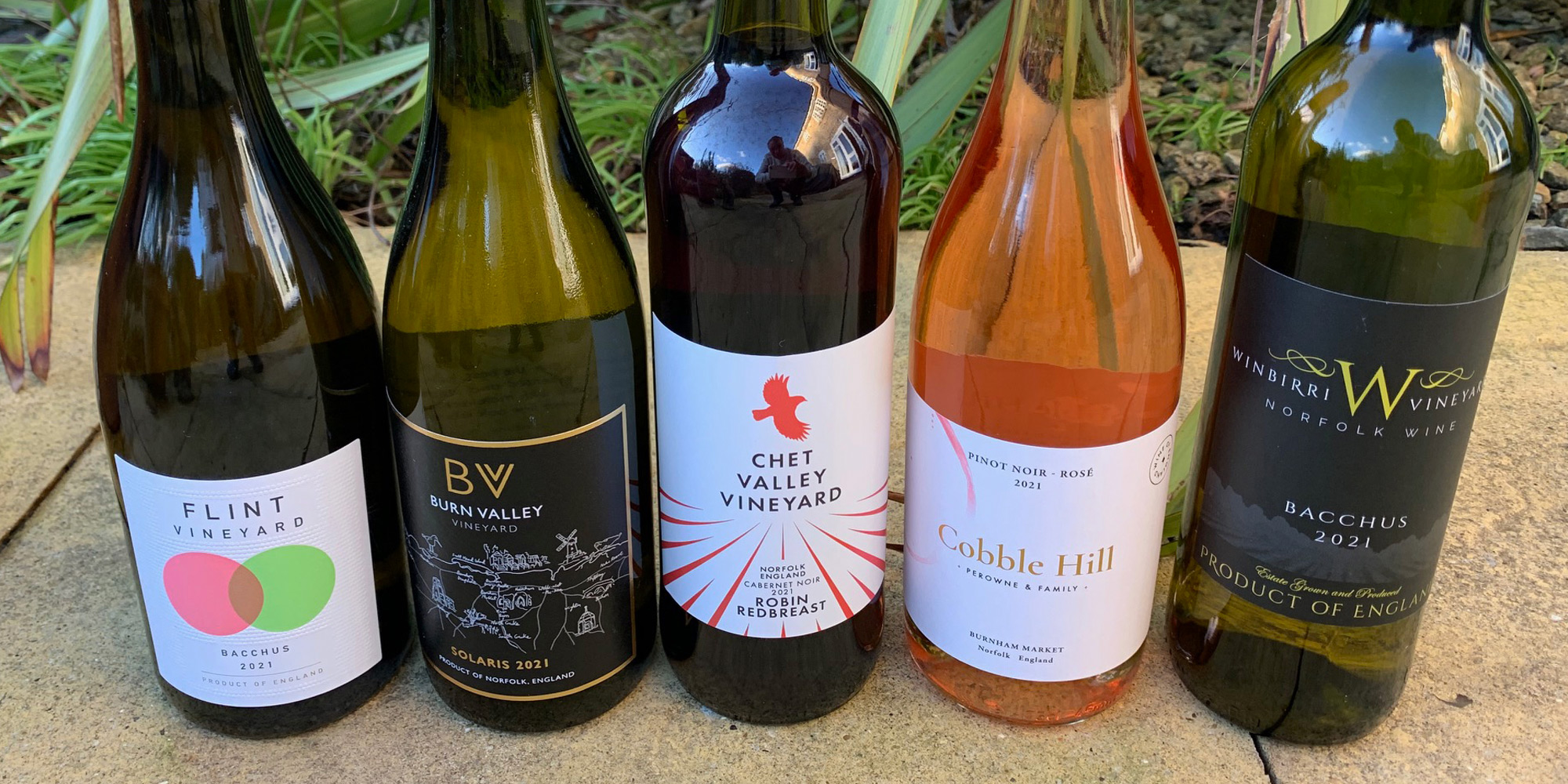
The Great British Weather – a staple subject for small talk verging on a national obsession. It frustrates and confounds in equal measure and takes up an inordinate amount of column inches in our newspapers. But there is a lot of nonsense talked about our meteorology, from one particular tabloid’s fixation with ‘snowmageddon’ and ‘washouts’ to the annual handwringing at Wimbledon. And what is this preoccupation with 1976? I was six during that summer and I remember the sapping heat, the melting pavements and the ladybird swarms. But there have been excellent (better?) summers since then. I give you 1989, my first summer at University, 1995 and 2003. And at Wimbledon there have been only rare interruptions to play in the last three tournaments (in 2019 there were none). In truth, our weather is pretty benign if unpredictable.
For winemakers in this country, however, it is undoubtedly a risky business to grow grapes as our climate is what is described as ‘marginal’. In other words, notwithstanding the above, it’s often touch and go whether we have sufficient summer sunshine and warmth to make good wine. However, a warming planet has resulted in the last nine years being the hottest on record globally, and 2022 was officially the hottest year in the U.K. Only in 2000 and 2012 in this millennium have there been disastrous results for UK wine producers. However, it must be exhausting having to repeatedly check websites and weather apps to see whether the temperature is going to dip below freezing in the spring and autumn, and whether showers or hail will strike the vineyard. (I guess this worry is not confined to English and Welsh winemakers with French, Italian and Spanish vineyards being hit with punishing frost and hail in recent seasons).
I have a crude system for measuring a summer’s worth where I live (Buckinghamshire) and it’s one that I have referred to when comparing vintages in this country. If there is any rain (not drizzle) for longer than 20 minutes between 9 am and 6 pm then that day counts as a ‘bad’ day (of course rain, if well-timed, can be a good thing!). If there are not at least reasonably prolonged sunny spells between those hours then that is also a bad day. In 2022 there were 70 good days from 92 between the start of June and the end of August and 103 good days between the beginning of May and the end of September. That probably coincides with most memories of last summer with its endless sunny and warm/hot summer days and a slightly disappointing spring and autumn. And that is the best June-August record since I started this method in 2001. Of course, this doesn’t account for temperature, a crucial factor in winemaking. As I said, my system is simplistic in the extreme, but it does give a fair comparison between summers. For instance, in the poor summer of 2012 I recorded only 29 ‘good’ days between June and August. In the stellar year of 2018 that number was 66.
And what of 2021, the subject of this article? My main memory of that summer was the unseasonably cool and stubbornly cloudy weather of August but the other months weren’t disastrous as I recall: I recorded 51 good days in the summer months and an additional 26 good days from May and September. That is nowhere near the figures for the worst year of the millennium, 2012 (51 for May to September). John Mobbs (of this parish, and renowned sage of English Wine) has commented elsewhere on this website about the pleasant, lean and clean flavours of several 2021 English still whites. It was John who suggested I write this article after a conversation with Ben Witchell of Flint Vineyard, who maintained that ‘21 wasn’t a bad year in Norfolk by any means. This tallies with the testimony of sisters Laura and Sam Robinson of Burn Valley, 50 or so miles north of Flint. Laura said that the Chardonnay were ‘like bullets’ in early September but ripened beautifully in the autumn sunshine. Indeed, they increased their output by almost 50% from the previous year.
Consulting the Met office website, I see that for the whole 2021 season (May to September) Norfolk was drier (apart from the Northwest of Scotland in May and July), warmer (save for the Thames Valley in June and Cambridgeshire in September) and sunnier (apart from the West Country in July and East Kent in August) than all other GB regions. This is consistent with past summers, with East Anglia invariably experiencing hotter and drier conditions than the rest of the country. One perennial anomaly (and 2021 was no different) is the slightly cooler temperatures experienced on the North Norfolk coast where Burn Valley (and Cobble Hill, one of whose wines I tasted for this piece) are situated. A very cold start delayed the start of budburst. The result of this was a correspondingly shorter growing season, however, the dead hand of frost didn’t play a part when it mattered.
From the 2021 vintage, I’ve reviewed below 5 wines from Burn Valley, 3 Winbirri, 2 Flint and 1 each from Cobble Hill and Chet Valley. None were available from Humbleyard but I did have some correspondence from Oliver Burney who said that whilst June and July were ‘wet and warm’, August was ‘mild and damp’, which largely accords with the experience of Burn Valley. Oliver also said that ripening was tricky but was achieved with patience. Humbleyard had a disappointing yield of 1.7kg across their nine varieties but it seems that quality was not bad at all. All wines were bought from Norfolk shops apart from the three Winbirri wines which were complimentary (grateful thanks to them for these bottles).
Burn Valley produced three Bacchus wines in 2021, a low alcohol unoaked ‘White Label’, an unoaked Bacchus Reserve from selected grapes and an oaked Bacchus Fumé. I particularly enjoyed the former two wines and was struck with the intensity of flavour from both. I found the White Label to be no shrinking violet. It has flavours of pear and elderflower dominating with a citrus finish but the Reserve is an altogether different beast and is almost like an off-dry German Riesling with its oily lime character. Their ‘Marsh White’ is an intriguing blend of Seyval Blanc and Schönburger. The Schönburger provides a really aromatic nose, and flavours of lychee and mild spice, whilst the Seyval brings backbone with a palate of peach and grapefruit. The still Rosé made from an unglamorous grape, Regent, is a pink of real substance. There’s a nose of candy and toffee apple and a palate of red cherry, red apple and cream. They’ve managed to achieve real ripeness here but with an impressive tannic foundation.
They made two 2021s from Solaris. The unoaked ‘White Label’ was held back so that lees stirring could take effect and this has come out at an astonishing 14% ABV. There is additionally a barrel-aged Solaris (also at 14%) and that is the one which really impressed me. The nose has aromas of pineapple, herbs and spices. The palate is astounding, with its strong tropical attack of passion fruit and mango, alongside lovely butter and toasted notes. (Also in the Burn Valley 2021 portfolio are two well-regarded reds from 2021: a Pinot Noir mentioned favourably on ITV’s ‘Love your Weekend’ and a delightful, refreshing ‘Marsh Red’ made from Rondo and Regent).
Cobble Hill until recently had their wines made by neighbouring Burn Valley. But not long ago they installed a new winery and the 2021 Pinot Noir Rosé is one of the first wines made exclusively by them. This off-dry still rosé has a promising nose of nectarine, ripe orange and strawberry. The palate has sweetness upfront with vanilla notes but the sugar is well-integrated and fades to reveal raspberry, peach and lemon zest flavours.
Winbirri, situated closest to the Norfolk Broads of all my sampled vineyards, are famed for their Bacchus, often shining more in cooler years. 2021 is no exception with Lee Dyer coaxing gloriously rich flavours of passion fruit and kiwi fruit and a heady perfume on the nose of guava and pineapple. My Pinot Noir Rosé 2020 notes could stand in for the 2021: ‘impressive floral character on the nose’ and a ‘gorgeous length and weight as well as very ripe strawberry fruit, zesty lemon character and creamy depth [on the palate]’. The Solaris is marginally less exciting than the 2020 but, like the Rosé, gives the lie to the idea that the ‘21 vintage was a washout, indeed this Muscat-derived cross thrives in most summers. The nose is oily and herbal and the palate has flavoursome notes of tangy apricot, orange pastille and a certain earthiness.
John tasted four Flint wines from the 2021 vintage which you can read about here. Of those four wines, I tasted the Charmat Rosé and the Bacchus. There’s no point duplicating what he said in the article (as I’m very much in agreement with his notes) but would just add that I found the Charmat a playful wine that was not superficial at all, and the Bacchus clearly benefited from the selection of different yeast strains and fermentation in neutral oak; this experimentation makes the 2021 Flint Bacchus a pleasant change from the ‘elderflower bomb’ approach that some producers take to this grape variety.
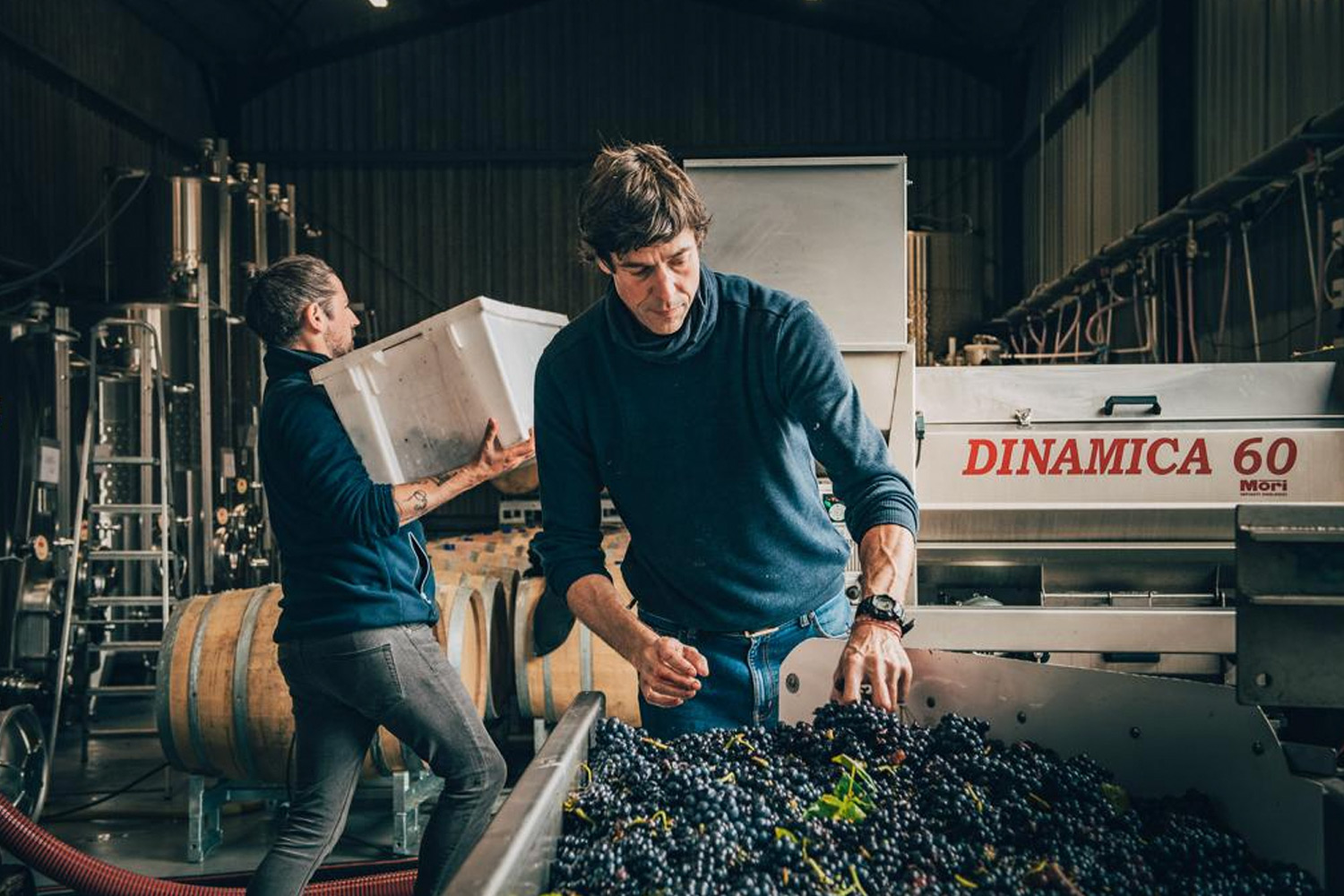
Chet and Waveney Valley Vineyard, nine miles north of Flint, make Charmat style as well as Traditional Method sparkling wines, in addition to a number of still white, rosé and red bottles. I managed to procure one of their still reds made from Cabernet Noir, ‘Redbreast’. This delightful gossamer-bodied red would be ideal on a summer’s day but in fact it stood up to a Tom Yam Gai soup on a miserable spring evening. There are aromas of red cherries, cranberries and vanilla (probably from the Malolactic Fermentation). The palate is delicate but with ripe raspberry, strawberry and pronounced pomegranate. I’m not usually a fan of serving any reds chilled but here it works as refrigeration freshens up the fruit.
The conclusion I would draw from my tasting of the class of Norfolk 2021, is that the drier and sunnier conditions here, combined with the generally cooler temperatures of the summer, helped to produce wines of distinction and subtlety, as well as pure and clean flavours from grape varieties suited to our climate. There is such a variety of microclimates on our island that it’s advisable not to write off a year because the weather was indifferent where you were. 2021 will not go down as a stellar year for English Wine and Norfolk was not immune to the vagaries of the weather. But winemakers from the East Anglian county managed to make plenty of interesting and individual wines from seemingly unpromising raw materials. 2022 is another matter, though!

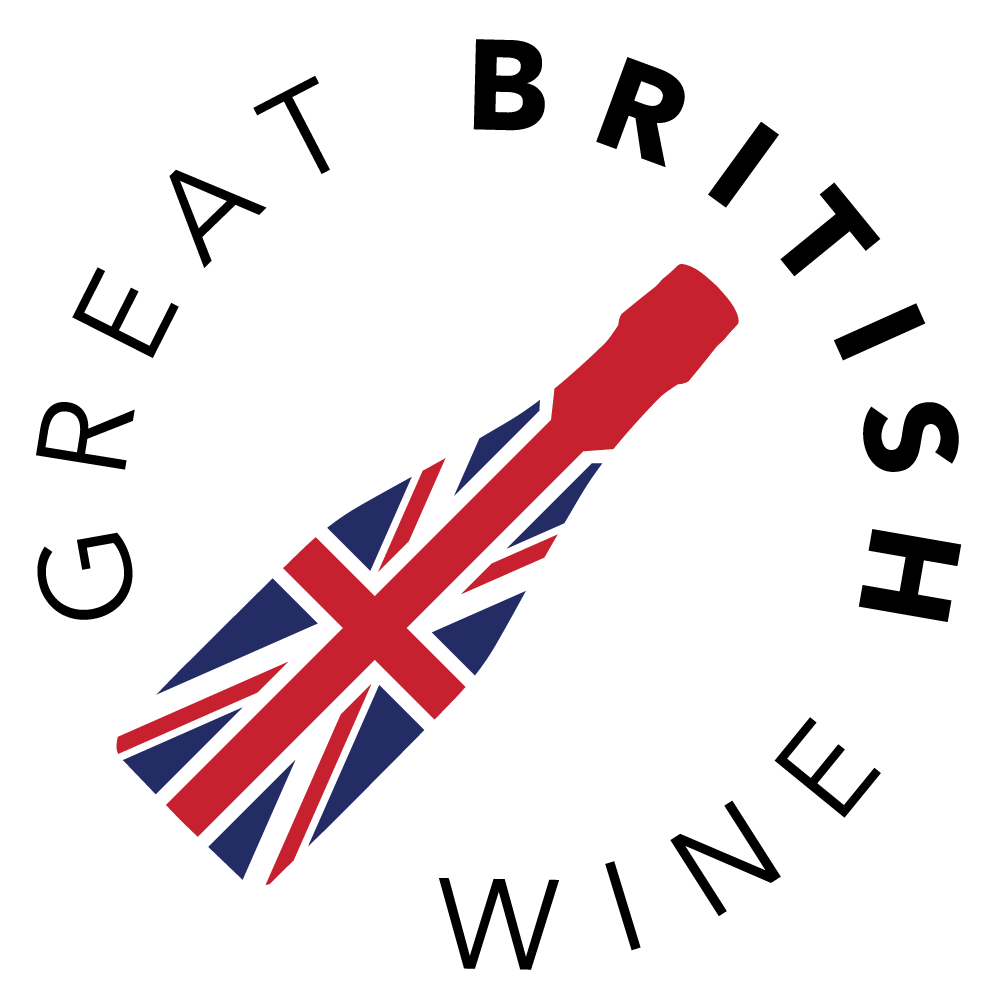
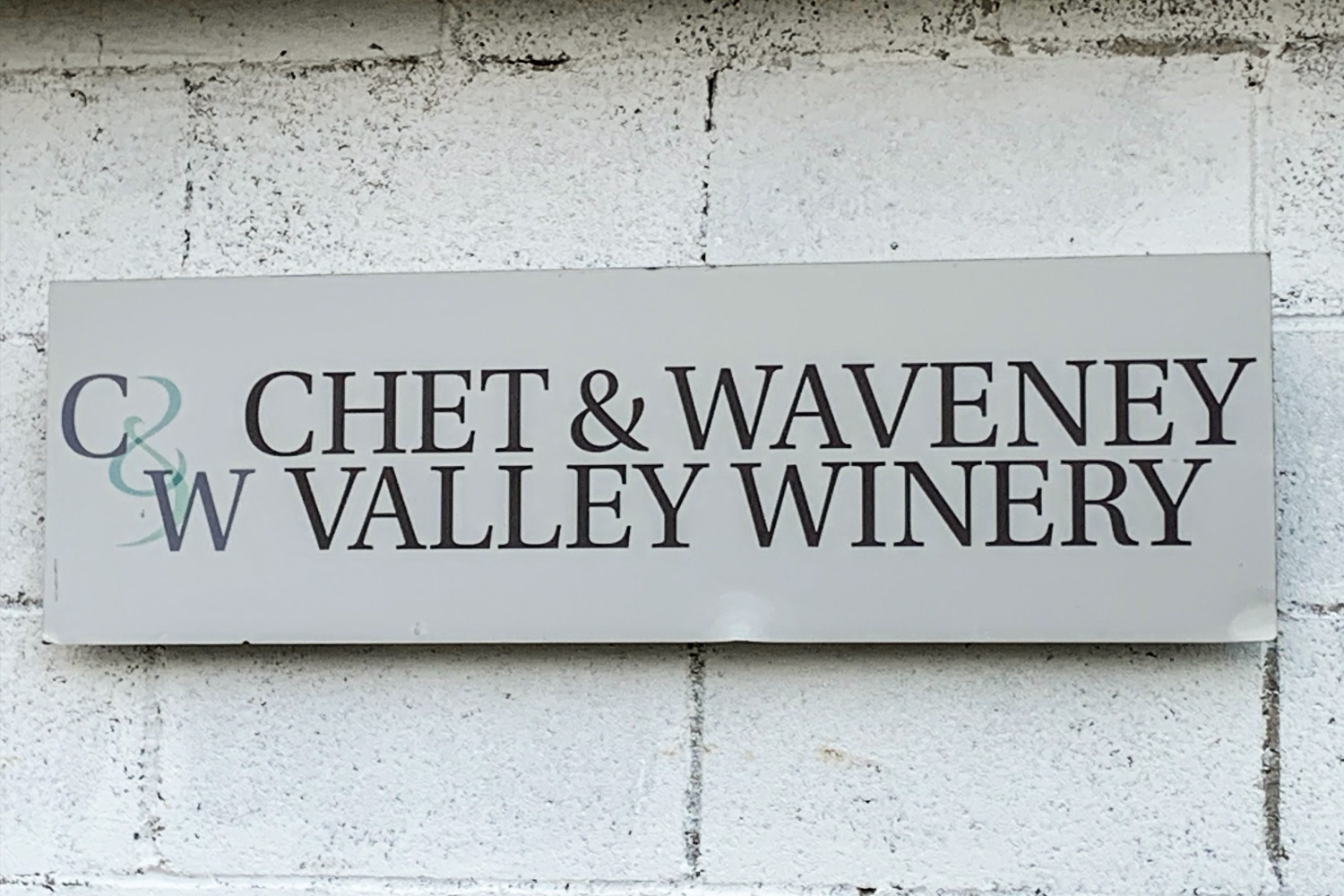

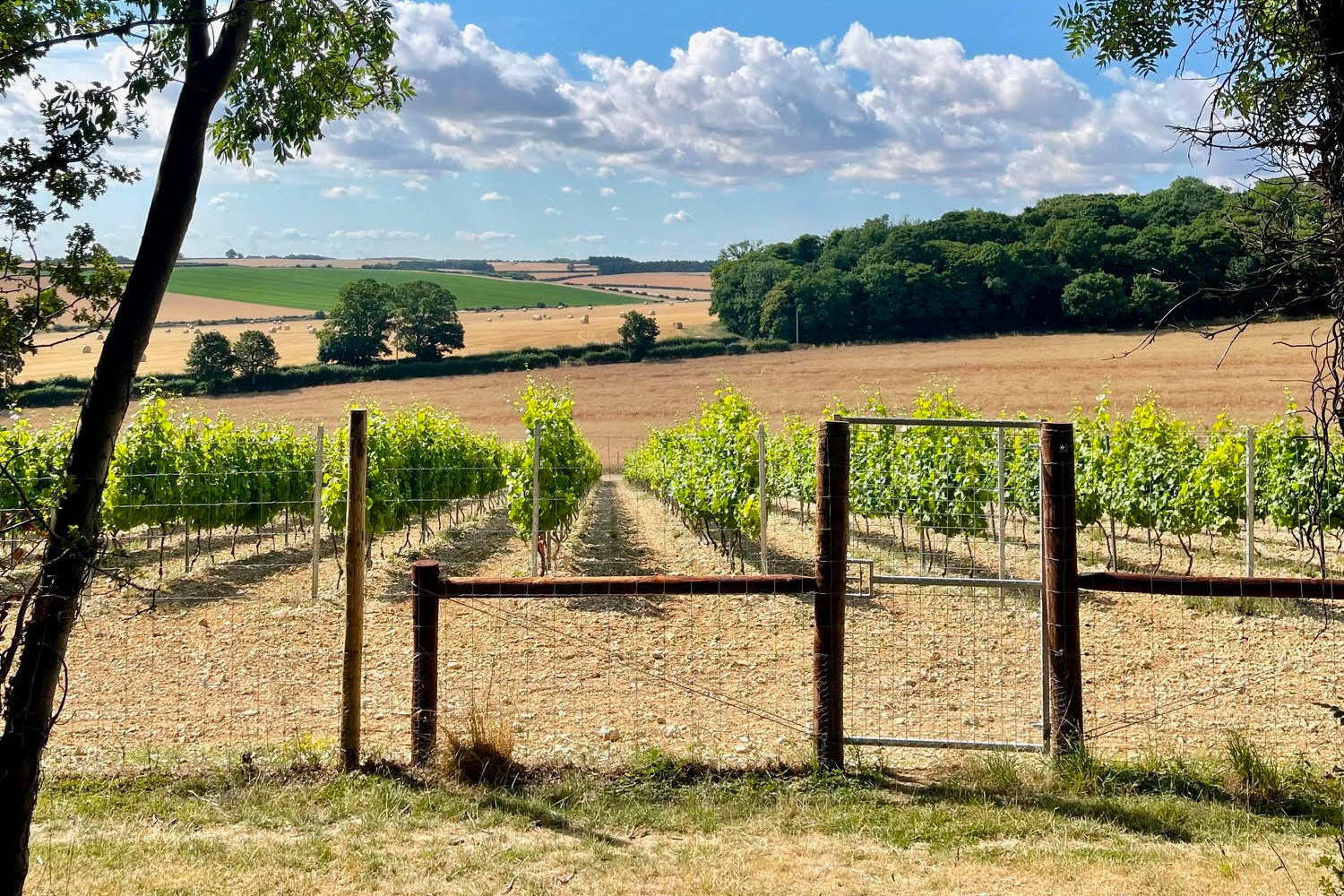
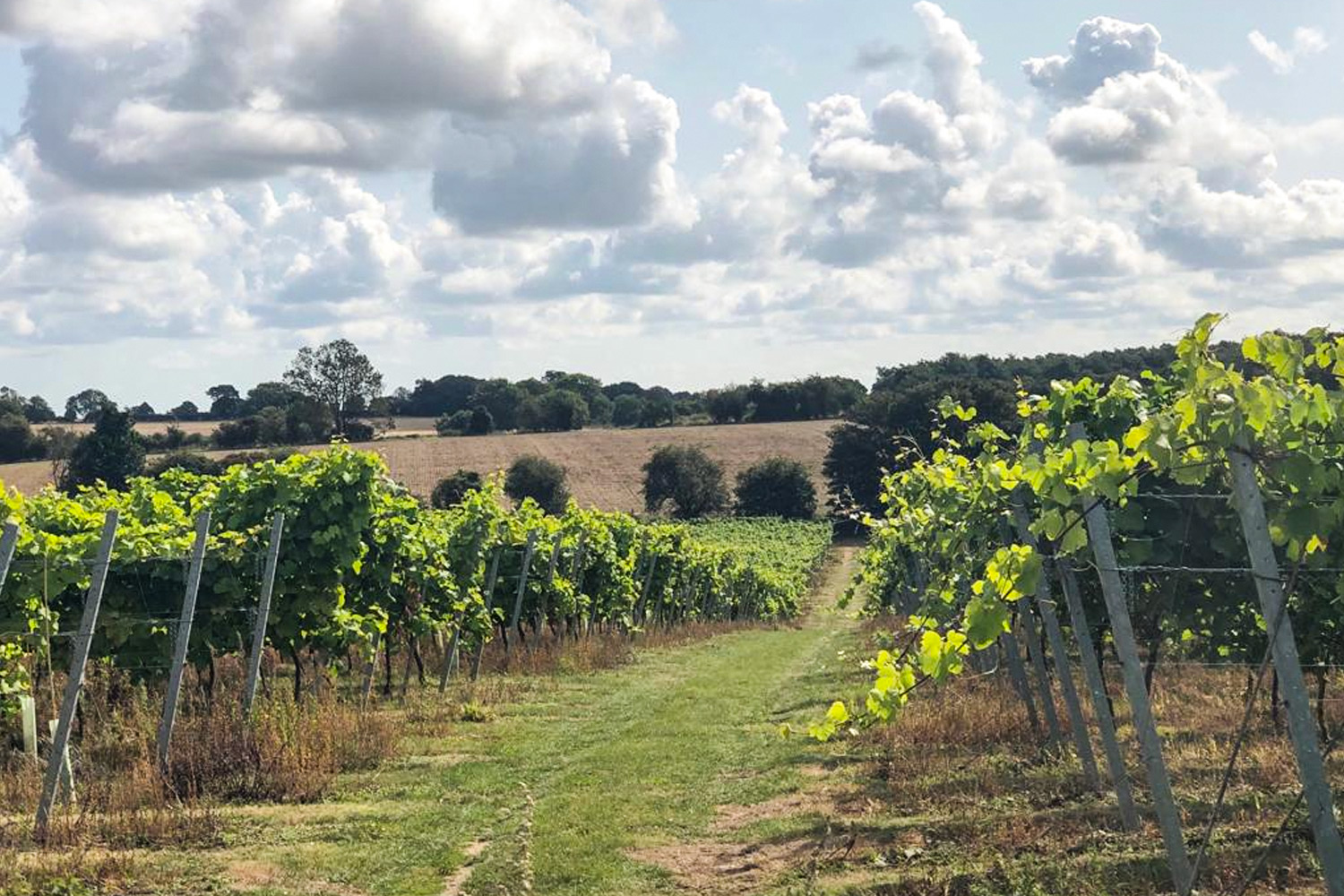

Pingback: ≫ Norfolk 2021 en revisión: expectativas confusas